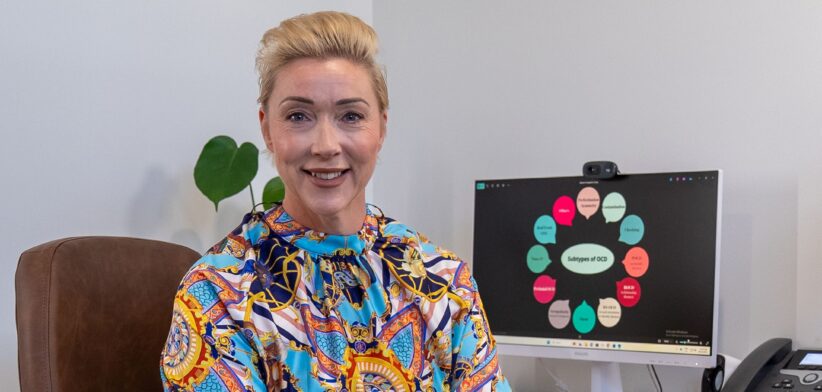Brisbane researchers have identified hundreds of genes directly linked to Obsessive Compulsive Disorder (OCD).
In the first study of its kind, the team from QIMR Berghofer identified 30 regions on the human genome associated with the debilitating mental health condition.
Professor Eske Derks said the global research involved more than 50,000 people with OCD and 2 million people who did not have OCD, and pinpointed approximately 250 genes linked to OCD.
“This is the first study where we found actual genes that play a role in OCD,” Professor Derks said.
She said OCD was often categorised as an obsession with cleaning, or checking, however, it could take many forms including people worrying about harming others, doubts about relationships, existential worries, inappropriate sexual thoughts, or persistent concern about their responsibilities in life.
“We found a really large number of genes which are shared with anxiety disorders, depression and also with anorexia nervosa.
“There’s a lot of overlap in the genes that cause these different mental health conditions.”
Clinical psychologist and OCD specialist Emily O’Leary said despite being as common as diabetes, OCD could be a hidden disorder.
“It can be incredibly impactful to the point that the World Health Organisation rates it as one of the top 10 disabilities in the world,” Dr O’Leary said.
“It not only impacts the individual, but also the family, because everyone is trying to accommodate the OCD,” she said.
Dr O’Leary said the findings offered an opportunity to speed up diagnosis and treatment.
“What happens in clinical practice is that clients will come to us, typically 10 to 14 years after diagnosis and by this time they are really unwell. What this research shows us is that we can be more proactive and actually start looking at who is more likely to develop the disorder.”
OCD Fast Facts:
- 500,000 Australians are affected by OCD.
- Types of OCD include contamination and cleaning, symmetry and perfectionism, harm and checking, sexually inappropriate thoughts, and hoarding.
- OCD can start in late childhood or early teenage years, but can also begin for women after childbirth.
- Current treatments include psychological therapy, medication and community support programs.








